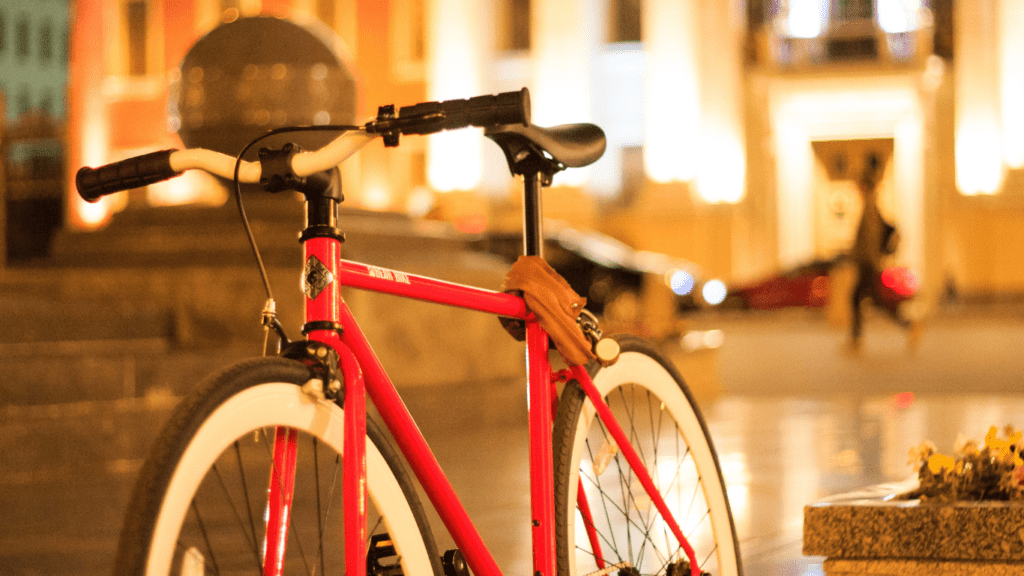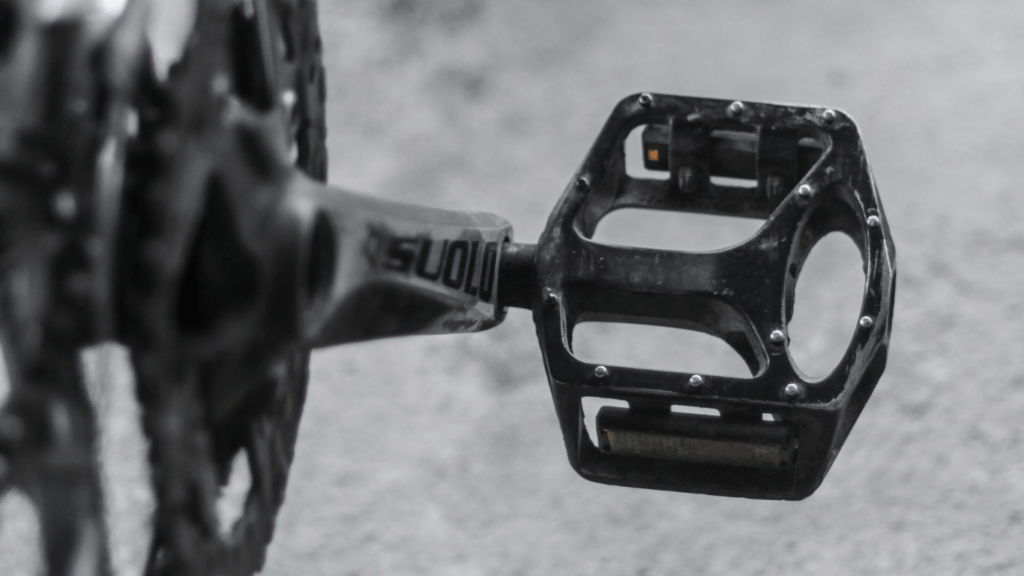Types of Bike Locks
Selecting the right bike lock ensures enhanced security and peace of mind. Below are different types of bike locks available.
-
U-Lock
U-locks, or D-locks, offer strong protection due to their rigid structure. These locks resemble a giant padlock shaped like a U and are made of hardened steel.
I’ve found that high-quality U-locks resist common theft tools like bolt cutters. They’re best for securing the frame and at least one wheel to a fixed object.
-
Chain Lock
Chain locks provide flexibility and robust security. Made from heavy-duty steel links, they’re difficult to cut with standard tools. These locks are ideal for areas with high bike theft rates.
When I use a chain lock, I typically ensure the chain is tightly wrapped around both the frame and wheels, reducing leverage points for potential thieves.
-
Folding Lock
Folding locks offer a balance between security and portability. Consisting of steel bars connected by rivets, they fold into a compact shape for easy transportation.
I’ve noted that folding locks are versatile and can secure bikes to various objects. While not as strong as U-locks or chain locks, top-tier folding locks protect against moderate theft attempts effectively.
Factors to Consider When Choosing a Bike Lock
Choosing a bike lock involves evaluating several critical aspects. Understanding these factors ensures selecting a lock that best protects your ride.
Material and Durability
Material is a major determinant in a bike lock’s strength. Hardened steel locks, for example, resist cutting and sawing. Titanium offers both lightweight and robustness but at a higher cost.
Avoid cable locks as they’re easy to cut. Rust-resistant coatings prolong the lock’s lifespan, maintaining security across different weather conditions.
Lock Mechanism and Key Types
Lock mechanisms vary in complexity. Key-based locks are common, with disc-detainer mechanisms being the most secure.
Combination locks remove the risk of losing keys but can be less secure if the code is deciphered. Dimple or tubular keys offer additional protection against lock-picking. Choose a lock with an anti-drill cylinder for enhanced security.
Budget and Value for Money
Budget influences bike lock choices. High-quality locks range from $50 to $150, providing better security. Balancing cost and features is crucial.
Spending more usually results in better materials and advanced lock mechanisms. Inexpensive locks may save money initially but offer inferior protection, potentially leading to higher costs due to theft.
Advanced Bike Lock Features

Modern bike locks come with enhanced security measures to protect against theft. Two key features include smart locks and GPS integration.
Smart Locks
Smart locks offer advanced security by leveraging technology. Bluetooth connectivity allows users to lock and unlock their bikes with a smartphone.
PIN codes add a layer of protection, preventing access without the correct code. Some smart locks also feature tamper alerts, notifying owners of unauthorized attempts via smartphone notifications.
These features use secure encryption, making them less susceptible to hacking.
Smart locks can also be part of a broader integrated security system. Some offer compatibility with other smart devices, like:
- cameras
- alarms
for added protection. These interconnected systems enhance overall security by providing real-time updates and multiple layers of deterrents against potential theft.
GPS Integrated Locks
GPS integrated locks provide another layer of security by allowing real-time tracking of a bike’s location. These locks use built-in GPS modules to track and transmit the bike’s position to the owner’s smartphone.
If a bike is stolen, the owner can trace its movement and share location data with law enforcement, increasing the chances of recovery.
Some GPS integrated locks also offer geofencing capabilities. Users can set perimeters, and the lock will send alerts if the bike moves outside these boundaries.
This feature helps prevent theft by immediately notifying owners of unauthorized relocations. Additionally, these locks often boast long battery life, ensuring continuous protection without frequent recharging.
Best Practices for Securing Your Bike
Securing your bike effectively requires strategic approaches to both location and locking techniques. Following these best practices ensures maximum protection against theft.
Location and Security
Always choose well-lit, busy areas to park your bike. Thieves are less likely to target bikes in crowded places with ample visibility. Opt for designated bike racks whenever possible, as they offer more security compared to trees or signposts.
Proper Locking Techniques
Use U-locks or heavy-duty chains to immobilize the bike frame and rear wheel to the bike rack or secure object. Ensure both the frame and a wheel are locked as thieves can easily remove unlocked parts.
Position the lock high off the ground and away from an easy hammering position to reduce leverage opportunities.
By following these practices, your bike remains significantly safer from theft.

 I’m Brendamee McCartyierr, and as the founder of Cycle Smooth Ride Long, I'm thrilled to bring you the ultimate resource for all things cycling. Whether you're a seasoned rider or just starting on your cycling journey, our mission is to support your passion for two wheels with trusted advice, insightful reviews, and expert tips.
Cycling is more than just a hobby—it's a lifestyle that promotes health, freedom, and adventure. At Cycle Smooth Ride Long, we’re committed to making your ride smoother, longer, and more enjoyable by providing you with the latest in cycling news, nutrition advice, fitness tips, and gear reviews. We also cater to beginners, offering comprehensive guides to help you get started and build confidence on the road.
I’m Brendamee McCartyierr, and as the founder of Cycle Smooth Ride Long, I'm thrilled to bring you the ultimate resource for all things cycling. Whether you're a seasoned rider or just starting on your cycling journey, our mission is to support your passion for two wheels with trusted advice, insightful reviews, and expert tips.
Cycling is more than just a hobby—it's a lifestyle that promotes health, freedom, and adventure. At Cycle Smooth Ride Long, we’re committed to making your ride smoother, longer, and more enjoyable by providing you with the latest in cycling news, nutrition advice, fitness tips, and gear reviews. We also cater to beginners, offering comprehensive guides to help you get started and build confidence on the road.
